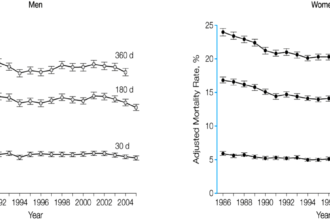The Latin phrase “Primum non nocere” is familiar to all physicians: First, do no harm. Care providers do their best to avoid hurting people in the process of treating disease, but despite their best efforts, patients are sometimes harmed while undergoing medical care. Some harm is considered unavoidable, such as post-operative bleeding despite perfect surgical technique. Preventing other harm — harm due to mistakes — is a cornerstone in the movement to improve patient care and safety. This issue is serious. Up to 1,000 patient deaths per day can be attributed to preventable medical errors. This means preventable harm is the third leading cause of death among Americans, behind only heart disease and cancer.
What Is Preventable Harm?
Lack of a clear, agreed-upon definition obfuscates a full understanding of the nature of preventable harm. Most working definitions include the idea that the harm is “identifiable” in that it can be attributed to medical care and “modifiable” in that it is possible to avoid. For the purpose of this article, we will be using The Institute for Healthcare Improvement definition of preventable medical harm as “Unintended physical injury resulting from or contributed to by medical care (including the absence of indicated medical treatment), that requires additional monitoring, treatment or hospitalization, or that results in death.” Defining preventable harm is important because some studies suggest that up to half of the harm patients experience in hospitals is not preventable or not the result of an identifiable error. In addition, there is conflicting evidence regarding the prevalence of preventable harm.
Eliminating preventable harm is certainly a desirable goal, but, in practice, it may not actually be possible. The sad fact is, while harm may be “preventable,” a certain level of harm is considered inevitable because health professionals, like everyone, make mistakes. Hospital-acquired infections, misdiagnosis, wrong surgeries, medication errors, in-hospital falls and burns, some cases of deep vein thrombosis, surgical site infections and bedsores are common examples. Read the full guide here.
MHA@GW is the online master of health administration from the Milken Institute School of Public Health at the George Washington University.






